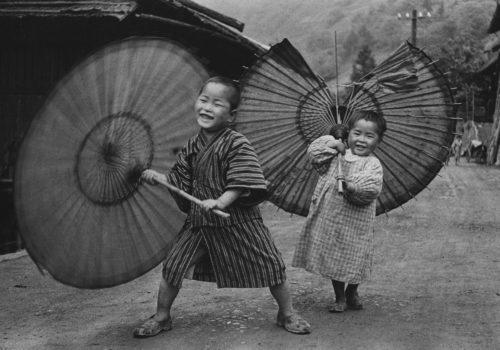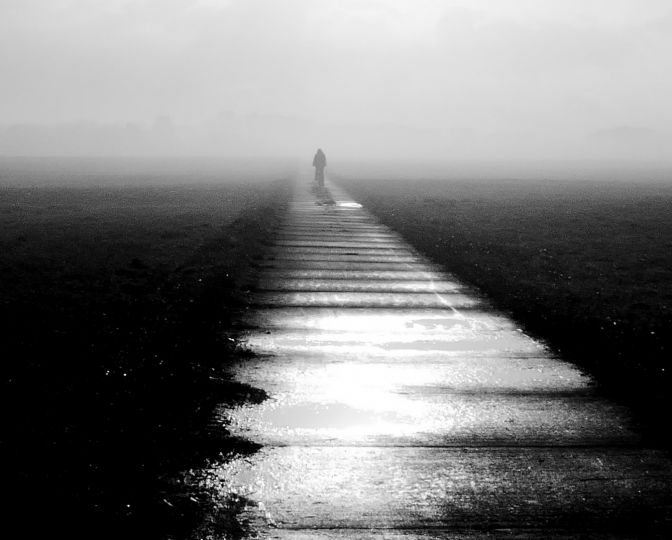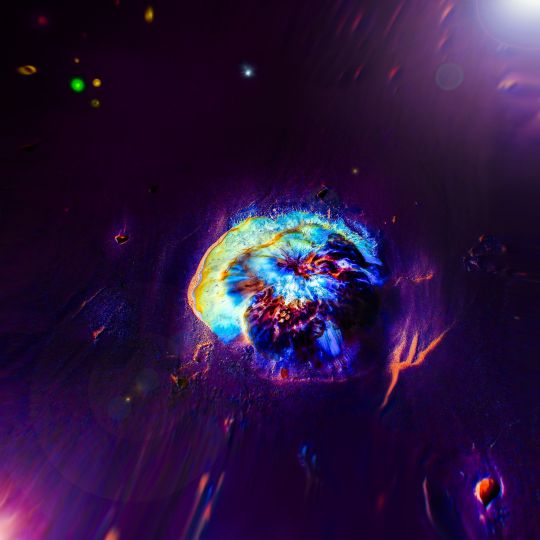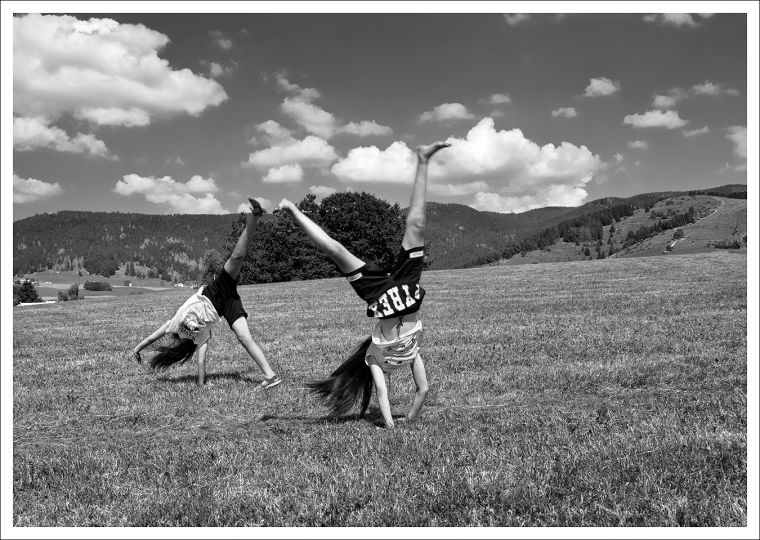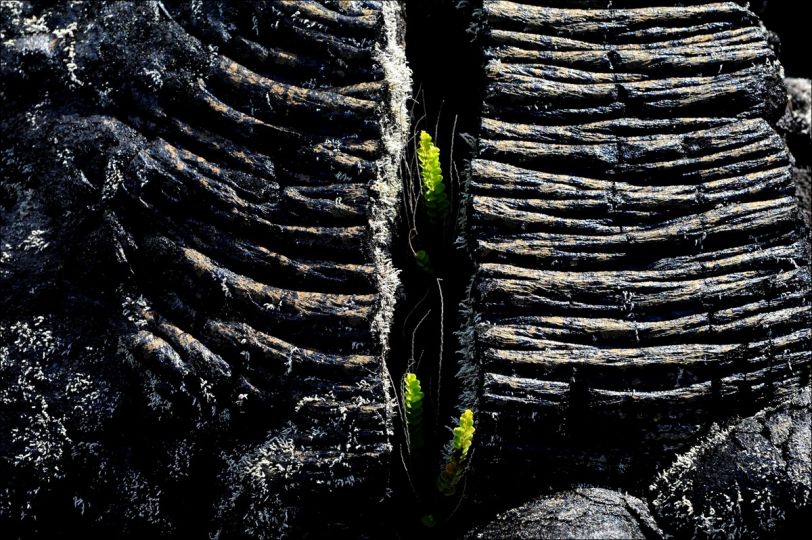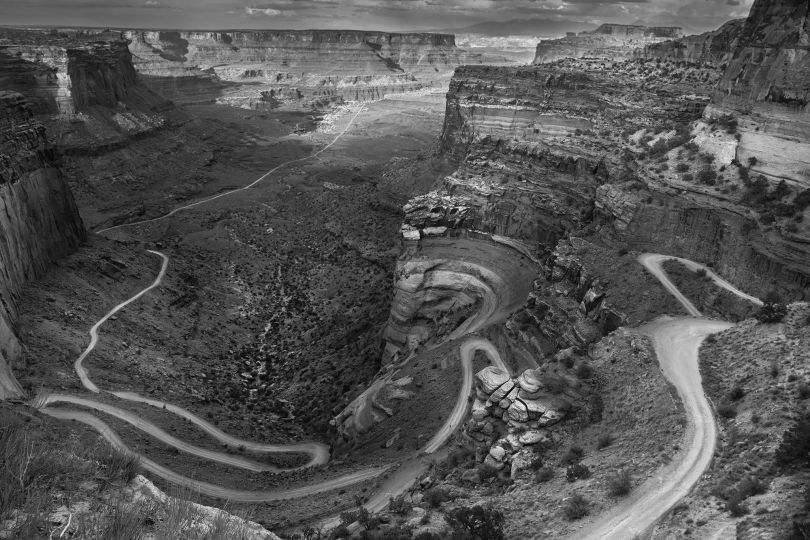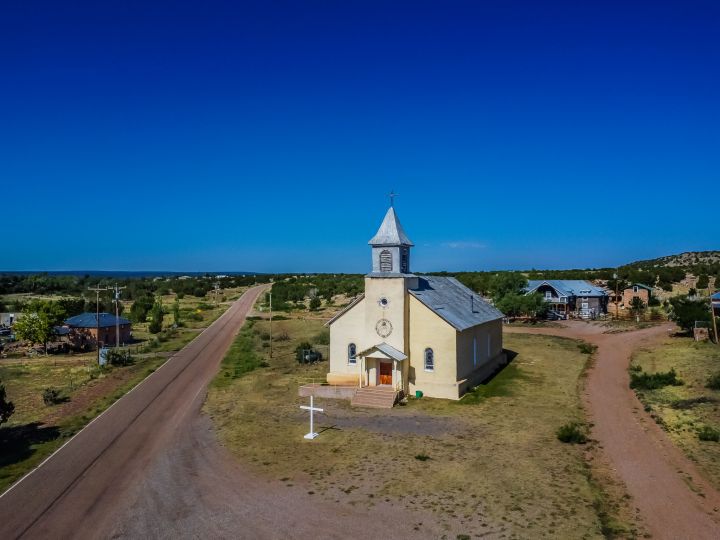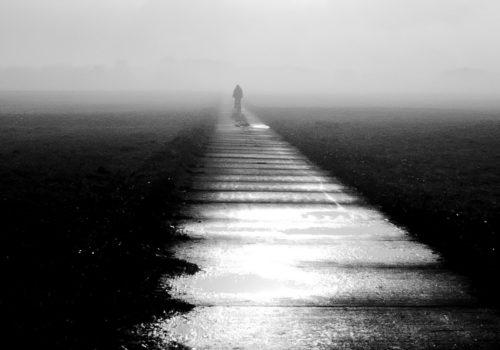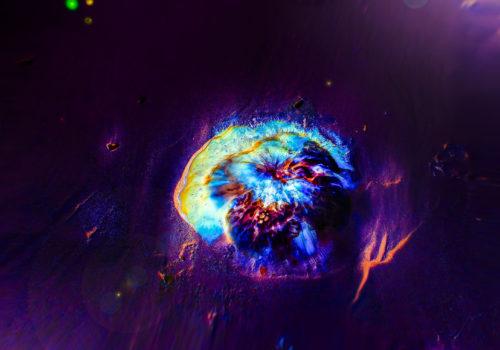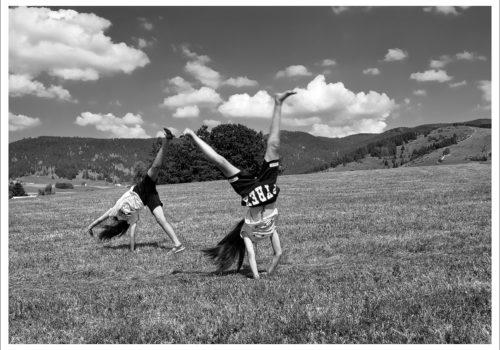The spring-summer 2023 exhibition at the Maison de la culture du Japon in Paris is the first in France devoted to one of the most significant figures in the history of Japanese photography: Ken Domon (1909-1990). It brings together around a hundred images of this pioneer of realistic photography, produced between the 1930s and 1970s. The many facets of his work are revealed here: his approach to photojournalism at the start of his career, the inevitable turn towards photography of propaganda in the 1930s, then his fascination with ancient temples and Buddhist sculpture, his touching portraits of street children and celebrities, and his moving testimony on Hiroshima.
Ken Domon’s work has left a lasting mark on the history of photography in Japan by laying the foundations of contemporary photographic creation, to the point of being, even today, considered an essential reference. Domon has sought throughout his life to obtain the most realistic images possible, without lapsing into any misery. As a new wind blew over Japan at the end of the war, his gaze, without filters, rested on society in general and on daily life:
“The social reality of daily life imposes itself on me at least as much as the traditions or the ancient culture of Nara and Kyoto; the common point of my interest in these two subjects is my attempt to understand the link that these realities have with the destiny of the Japanese, their anger, their sadness, their joy. attested Ken Domon.
This realism which is his signature and which, by definition, “stripped photography of all sentimentality”, is undeniably the guiding thread of the exhibition at the Maison de la culture du Japon in Paris which, theme after theme, focuses on retracing Domon’s ambitious journey to capture Japanese culture as a whole. In particular, it presents the two reports that most clearly reflect the social realism characteristic of his work, namely: Hiroshima (1958), considered by the Nobel Prize winner Kenzaburô Ôe as the first work of contemporary art inspired by the atomic bomb to be about the living and not about death, and The Children of Chikuhô (1960), a photographic series that bears witness to the poverty that plagues the mining villages in the south of the country, focusing on the lives of street children. Ken Domon became the leader of realistic photography in Japan in the 1950s. He was certainly influenced by great Western photographers such as Cartier-Bresson and Eugene Smith, alongside whom he exhibited in Tokyo in 1951 and 1953.
In another section, the Portraits series reveals to viewers the faces of personalities in different fields – artistic, literary, cultural or scientific – such as the writers Yukio Mishima and Jun.ichirô Tanizaki, the artists Foujita, Tarô Okamoto and Yûsaku Kamekura, the director Yasujirô Ozu or the actor Toshirô Mifune. The last part of the exhibition is dedicated to Domon’s longest photographic series, Pilgrimage to Ancient Temples, a collection of images of Buddhist statues and architecture, hidden treasures and discreet landscapes, immortalised during travels across the country as he sought to capture the beauty of sacred places in ancient times.
“We can speak of Ken Domon’s work as an autobiography, a personal rather than a social documentation, which translates his constant concern to fix on film a moment of dialogue with the subjects. His gaze fixed on the latter, whether it is a landscape, a sculpture, a person or an object, acts as the revealer of a universal beauty seen through a lens that does not ignores any of the physical characteristics of the represented form.” says the curator, Rossella Menegazzo.
Celebrated by the opening in 1983 in Sakata (his birthplace, in the department of Yamagata) of a museum dedicated to a prolific work, Ken Domon had only very rarely been exhibited abroad: in Germany in 1990 and in Italy in 2016. He had never benefited of an exhibition in France. This will be done in the spring thanks to the Maison de la culture du Japon in Paris, which is paying a tribute to a creator who has endeavored to paint a complete portrait of Japanese culture. This event highlights the fact that Domon, with the help of friends and personalities from the artistic world such as Yûsaku Kamekura and Sôfû Teshigahara, was able to initiate a real cultural transition in the 1950s, definitively putting aside the spirit of defeat to give birth to a contemporary Japanese aesthetic praised around the world.
Photographs from the collection of the Ken Domon Museum of Photography.
Curators:
Rossella Menegazzo, Professor of East Asian Art History at the University of Milan With the support of: Ken Domon Museum of Photography, MondoMostre
With the assistance of: Association for the MCJP
Ken Domon – Le Maître du Réalisme Japonais
April 26 – July 13, 2023
Maison de la culture du Japon à Paris
101 bis, Quai Jacques Chirac
75015 Paris
Metro Bir-Hakeim RER Champ de Mars Tel. 01 44 37 95 00/01
www.mcjp.fr
Schedule :
Tuesday – Saturday from 11 a.m. to 7 p.m. Closed on public holidays Free admission

